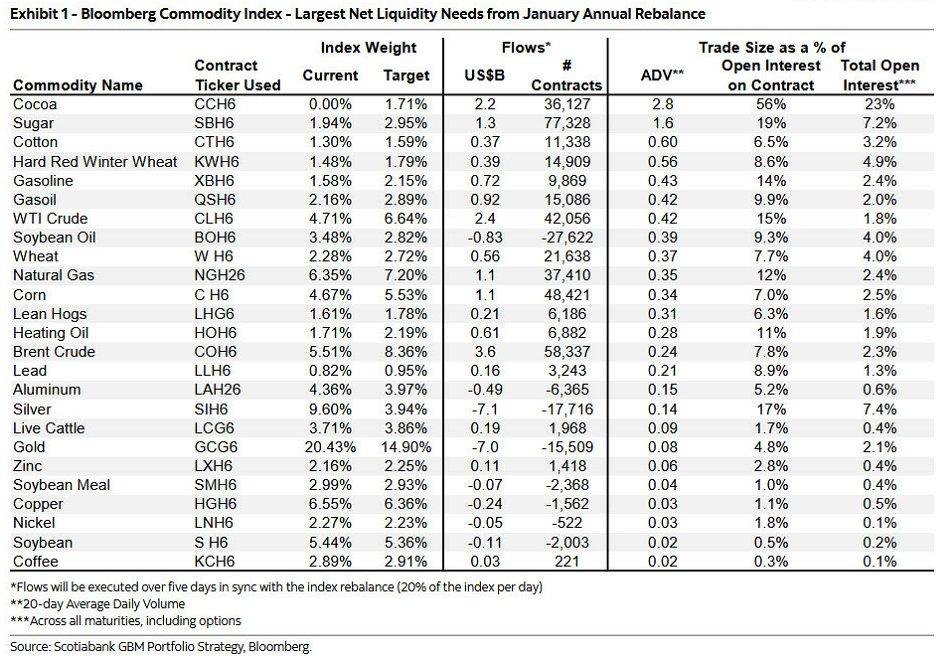One of the silver linings of the covid regime is the fact that the state overplayed its hand and turned many people into skeptics of the State and its pawns in the media and academia. This wave of healthy skepticism has led to a surge of interest in the work of Murray Rothbard, the State’s greatest enemy.
Dr. Robert Malone, whose Wikipedia entry tells you everything you need to know about what the establishment thinks of him, followed this path. He recently wrote on his discovery of Rothbard through What Has Government Done To Our Money? and Anatomy of the State. Here are a couple snippets -- you can read it in full here.
-----
…I read and attempt to comprehend comments and essays from important economists, but it all sounds like insider babble to me—Keynesian stimulation, supply-side Laffer curve, Modern Monetary Theory (MMT), and it goes on and on. …
Then I read “The Anatomy of the State.” In that book, Rothbard starts with first principles, such as the two ways that wealth is accumulated—basically through either labor or theft—and builds up a comprehensive theory describing the nature of the modern nation-state—essentially an upsized, more bureaucratic version of the political structures and oppressive tactics that thieving local warlords favor.
If you start from the premise that productive labor or theft are the two options for accumulating wealth, then it is clear that the modern administrative nation-state prefers theft. And that the primary function of the legal/judicial system of the administrative nation-state is to support and legitimize the nation-state. Suffice to say, perhaps due to my naivety, perhaps not, I am convinced that if the clarity of thought and logic of Murray Rothbard is central to the foundation of the Austrian School of Economics, then I was remiss in not taking upper-division training from Austrian School economists.
-----
Rothbard’s fundamental skepticism of the state’s nature and belief in truly free market economics are at the center of his argument in favor of money based on a tangible, divisible commodity rather than ephemeral fiat currency. As he does in “Anatomy of the State,” Rothbard builds his logic from first principles, beginning with a discussion of the strengths, pitfalls, and historical progression of economic systems from barter to the present. In the final updates and then postscript chapters, the book brings us all the way to the present and the logical underpinnings of Central Bank Digital Currency (CBDC).
In so doing, he demonstrates the simple and compelling benefits of basing units of exchange on divisible metals that are not consumed in transactions. That when freely traded “currencies” of sovereign nation-states are based on either gold or silver (or both), and the free market is allowed to determine the exchange value of goods and services (rather than “monetary policy” determined and enforced by the State and/or its surrogate central bank), then the elegant simplicity of such an arrangement avoids all of the evils and ills which have plagued modern currencies since abandoning this system. In a stepwise, historical progression of examples, Rothbard eviscerates the many arguments made in favor of current, non-metal-based (fiat currency) monitory theories and systems.
Full story here Are you the author? Previous post See more for Next postTags: Featured,newsletter

























